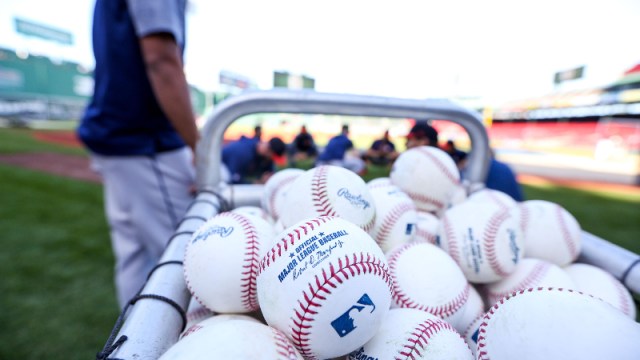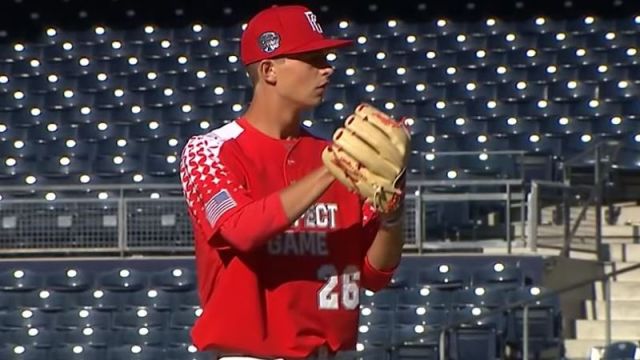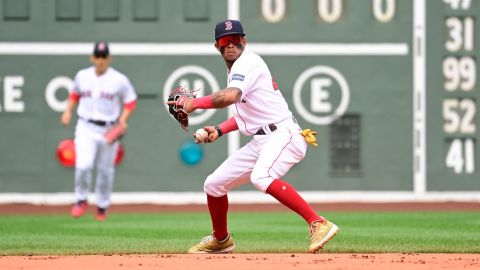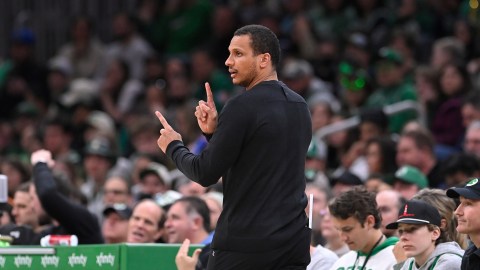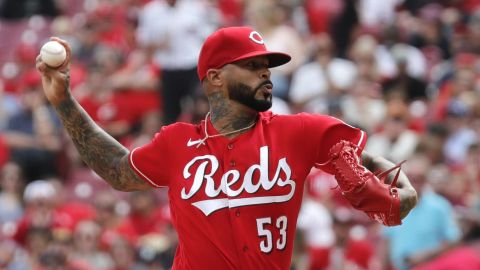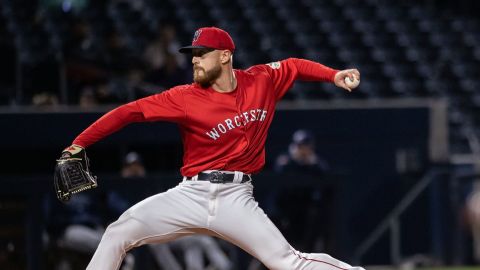The 2020 Major League Baseball amateur draft will present a unique set of challenges for every team.
The Red Sox are no exception.
In fact, one could make the case Boston is facing an especially tall task relative to other organizations, as this marks Chaim Bloom’s first draft as the club’s chief baseball officer and the Red Sox are without a second-round pick as punishment stemming from MLB’s investigation into allegations they illegally stole signs in 2018.
This year’s draft format — five rounds instead of the usual 40, in response to the coronavirus pandemic — is unprecedented. It’ll undoubtedly test the thoroughness of scouting departments across the league. Owning fewer picks inherently means more emphasis on each selection. Yet with the COVID-19 outbreak affecting both high school and college seasons, there’s seemingly less information available for prospect evaluation. The information that is available might even be outdated, to some extent.
Basically, the Red Sox — and everyone else, for that matter — are trying to predict the unpredictable.
(Then again, that’s 2020 in a nutshell.)
“There’s a lot more uncertainty than there would be in a normal spring,” Red Sox amateur scouting director Paul Toboni, who’s overseeing Boston’s draft operations for the first time since being promoted last September, recently said, per MassLive.com. “From a standpoint of communication with our staff and not being able to meet in person. Having to overcome the learning curve, getting familiar with Zoom and these calls. Our staff has handled it great and our approach, by and large, really hasn’t changed all that much. While daunting at the start, it has actually been fine. As a group, we’ve actually handled it really well.”
More: Nine Best Position Player Prospects Available In 2020 MLB Draft
Preparing for this year’s draft had the potential to be a logistical nightmare, with unavoidable changes in scouting, data collection/analysis and communication all disrupting business as usual. The Red Sox, who actually had pro scouts working high school and college games early in spring in an effort to maximize efficiency, have taken the evolving circumstances in stride, however, leaning on their usual best practices while adjusting accordingly when necessary.
“Keep in mind that scouting information is data,” Red Sox executive vice president Zack Scott wrote in an email to The Athletic. “So we can continue to study how all the information informs us on the potential futures of these players. We can also look back to explore hypotheticals — how smaller samples several years ago would have affected our ability to predict future pro success. That approach allows us to wrap our heads around the possible volatility of the data this year.”
The ramifications of the condensed draft won’t just be felt Wednesday, when the Red Sox pick 17th overall in the first round, or Thursday, when Boston goes on the clock at No. 89, No. 118 and No. 148. They’ll also be felt after the draft, when teams can offer a maximum bonus of $20,000 to any players not selected.
Of course, it’s possible, if not likely, many undrafted players will decide against turning pro, opting instead to reenter the draft next year when things (hopefully) return to normal and their jump to the next level proves more lucrative.
Still, the post-draft free agency free-for-all will be fascinating to monitor, especially with regards to the Red Sox, who conceivably could leverage their status as an elite franchise to sign notable talent.
“The history, the tradition, how we develop players, the family culture, facilities, strength and conditioning and technology,” Toboni told MassLive.com, describing factors Boston could use to recruit undrafted players. “To a certain extent, the Red Sox brand carries weight, in and of itself. But (we’ll give) any insight we can give to players as to how we’d develop them compared to other organizations.”
All told, collaboration, from top to bottom, is and always will be vital to building a sustainable contender. So, too, is the ability to adapt, and this offseason sure has tested Boston’s organizational resolve at every turn.
Navigating an abbreviated draft — and its aftermath — actually might be small potatoes when you consider the Red Sox have hired a new head of baseball operations, changed managers, traded their best player and faced a league investigation resulting in discipline since playing their final game of the 2019 season.
“If you’re not learning and evolving, you’re not doing your job,” the ever-optimistic Bloom, formerly of the Tampa Bay Rays front office, recently told WEEI.com of his approach to the draft. “This is a hard game, and every year there are going to be players in whom we have really strong beliefs who still go out and fall short of what we expect. So if you don’t change your views in response to what you’ve learned, then I think you’re just missing an opportunity to get better.”
The Red Sox really could use an infusion of young talent while trying to replenish their farm system. The circumstances surrounding this year’s draft figure to complicate that effort, although one shouldn’t confuse improbable with impossible when it comes to anything nowadays.

